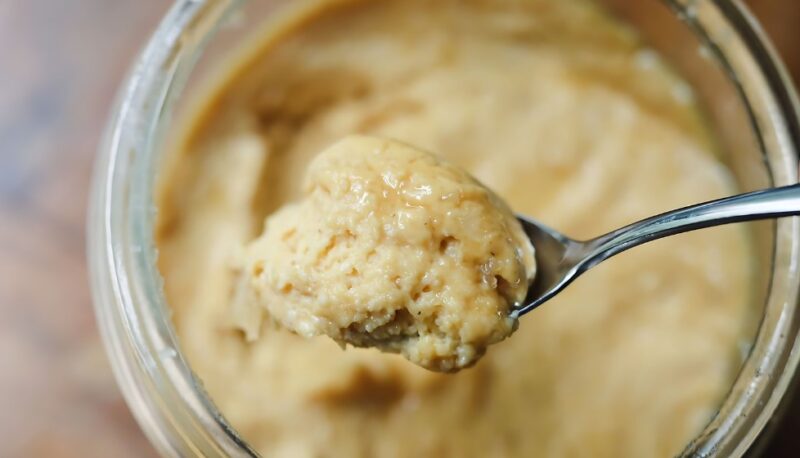Miso paste is a traditional Japanese ingredient made by fermenting soybeans. This process involves mixing steamed soybeans with salt, grains (such as rice or barley), and koji, a beneficial fungus. The fermentation infuses the paste with a unique flavor, enhancing various dishes with its complexity.
Therefore, today I want to give you some ideas on how can you use this delicious paste.
Types of Miso
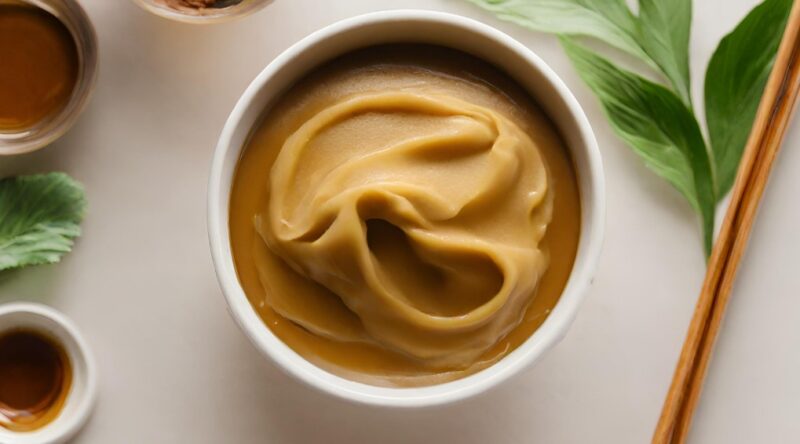
| Type of Miso | Characteristics | Ideal Uses |
|---|---|---|
| White Miso (Shiro Miso) | Gentle flavor, light color, smooth consistency | Suitable for dressings, light sauces, and adding umami to delicate dishes without significant color alteration |
| Red/Brown Miso (Aka Miso) | Robust flavor, deeper color, higher soybean content | Perfect for hearty soups, marinades, and richer dishes, often used in winter recipes for its warming qualities |
What Does It Taste Like?
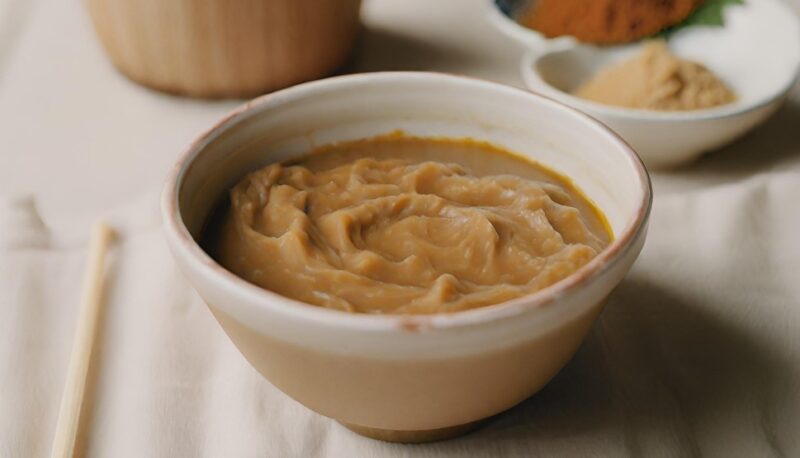
Miso has a unique taste, described as salty, savory, and slightly meaty, with a texture akin to peanut butter. It’s not typically consumed alone but used as a flavor enhancer in various dishes.
The fermentation process gives the paste a hint of tanginess, enhancing its rich umami quality. This distinct flavor is ideal for balancing and intensifying the taste of soups, marinades, and sauces, making it a valuable component in culinary creations.
How to Store It?
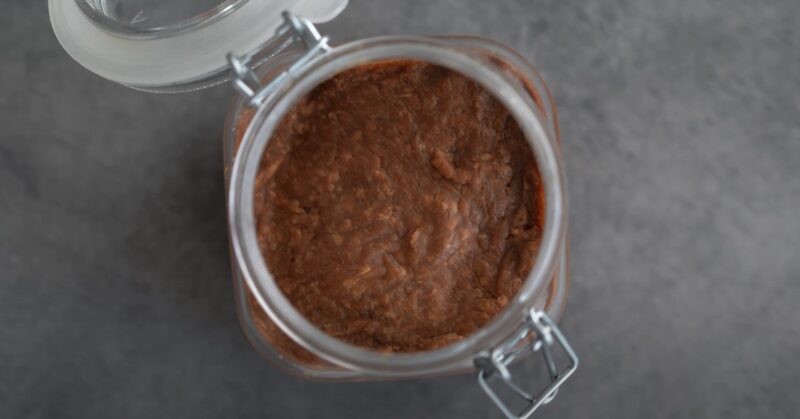
Miso has a long shelf life, even for several months when stored properly in the refrigerator.
- After opening, the paste should be stored in the refrigerator. This keeps it fresh and preserves its flavor.
- Transfer the paste to an airtight container if it’s not already in one. This prevents it from absorbing other odors from the fridge and also keeps it from drying out.
- Use a clean spoon every time you scoop out the paste. This prevents contamination and prolongs its shelf life.
- Store the paste in a cool, dark area of your refrigerator, away from direct light or heat sources.
- Occasionally check for any signs of mold. While miso is less prone to spoilage due to its salt content, it’s still possible for mold to develop if improperly stored.
Where Can You Buy It?
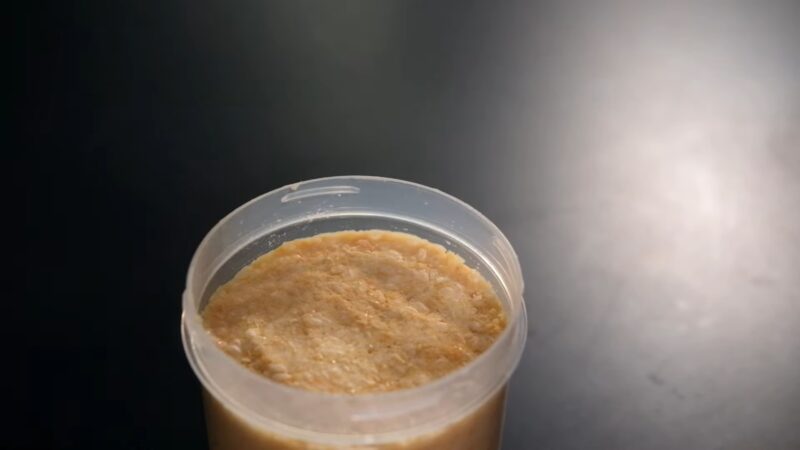
You can find this paste in supermarkets near other Japanese ingredients or at Asian grocery stores. Remember to check the ingredients, as some miso varieties may include additional flavors or preservatives. You can buy the paste from several stores:
- Trader Joe’s: They offer White Miso Paste made from fermented rice and soybeans. It’s versatile and can be used in soups, sauces, dressings, marinades, and even in baked goods like miso chocolate chip cookies. Trader Joe’s miso paste comes in a resealable pouch for longer freshness.
- Amazon: They have a variety of miso paste options, including organic and non-GMO varieties. One example is the YUHO Organic Shiro White Miso Paste.
- Instacart: This service allows you to buy miso paste from various stores near you, like ALDI and Dillons. They offer different brands and types of miso paste.
- Great Eastern Sun: They have specialized in handcrafted, organic miso paste since 1979. Their Miso Master Organic Miso is unpasteurized and naturally fermented.
Cooking with Miso

This paste is not just for soups. It can be used in:
- Vegetables
- Noodles
- Pasta Dishes
- Desserts
Miso-Glazed Vegetables
Ingredients
- 2 tablespoons white miso,
- 1 tablespoon honey,
- 1 tablespoon olive oil,
- 4 cups mixed vegetables (carrots, broccoli, bell peppers).
Instructions
- Preheat oven to 400°F (200°C).
- Whisk together miso, honey, and olive oil.
- Toss vegetables in the paste mixture.
- Spread on a baking sheet and roast for 20-25 minutes until tender.
Noodle Soup
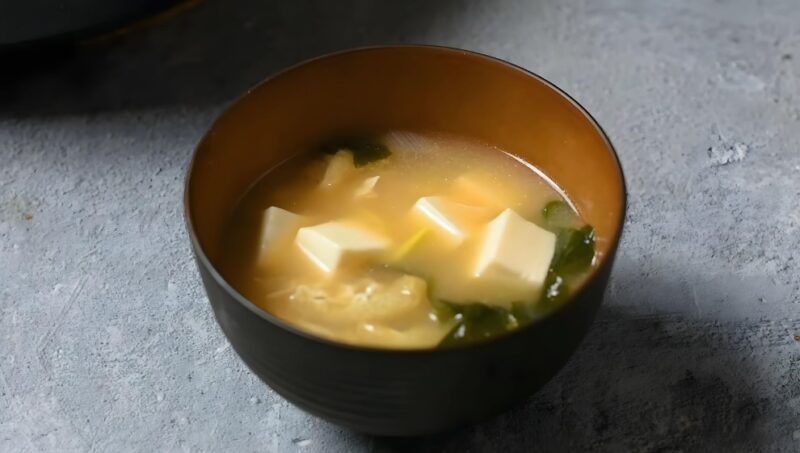
Ingredients
- 4 cups vegetable broth,
- 2 tablespoons red miso paste,
- 200g ramen noodles,
- 1 cup sliced mushrooms,
- 2 chopped green onions,
- 1 tablespoon soy sauce.
Instructions
- Bring broth to a simmer.
- Dissolve the paste in a small amount of hot broth, then add back to the pot.
- Cook noodles in broth as per package instructions.
- Add mushrooms, green onions, and soy sauce.
- Simmer for 5 minutes.
Carbonara Pasta
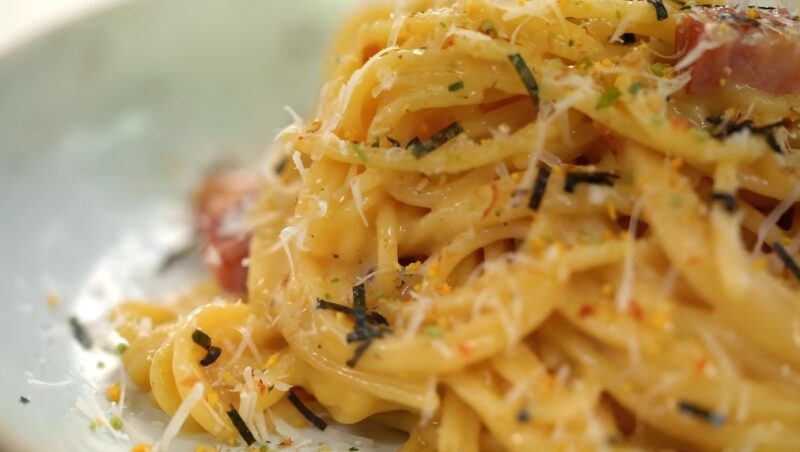
Ingredients
- 300g spaghetti,
- 2 eggs,
- ¼ cup grated Parmesan cheese,
- 1 tablespoon white miso,
- 4 slices bacon (chopped),
- 2 cloves garlic (minced).
Instructions
- Cook spaghetti.
- Fry bacon until crisp, and add garlic.
- Whisk eggs, Parmesan, and miso.
- Drain pasta, and reserve some water.
- Add pasta to bacon, and remove from heat.
- Add egg mixture, and toss quickly.
- Add pasta water to reach the desired consistency.
Caramel Cheesecake

For the crust
- 1½ cups crushed graham crackers,
- ⅓ cup melted butter.
- For the filling
- 16 oz cream cheese,
- ¾ cup sugar,
- 2 tablespoons miso paste,
- 2 eggs,
- 1 teaspoon vanilla extract.
Instructions
- Mix graham crackers and butter, and press into pan.
- Bake at 350°F (175°C) for 7 minutes.
- Beat cream cheese, sugar, and the paste.
- Add eggs one at a time, then vanilla.
- Pour over the crust, and bake for 50 minutes at 325°F (160°C).
FAQs
Can I substitute miso paste with another ingredient?
Yes, you can substitute it with soy sauce, tahini, or vegetable stock, though the flavor profile will change.
Is miso paste suitable for vegans?
Most pastes are vegan, as they’re made from soybeans, grains, and koji. However, always check the label for any non-vegan additives.
How does the fermentation time affect miso’s flavor?
Longer fermentation results in a stronger, saltier flavor and darker color. Shorter fermentation keeps it milder and sweeter.
Does miso paste contain gluten?
The paste made with barley or other gluten-containing grains will have gluten. For a gluten-free option, choose the pase made with rice.
Is miso paste good for health?
This paste is rich in probiotics, vitamins, and minerals, making it a healthy addition to diets when used in moderation.
The Bottom Line
Seriously, miso paste is like a secret weapon in my kitchen. I love how it turns a regular dish into something wow with just a spoonful. From soups to desserts, this paste will get your back by adding that little extra flavor. You won’t regret it, trust me! Give it a try!
